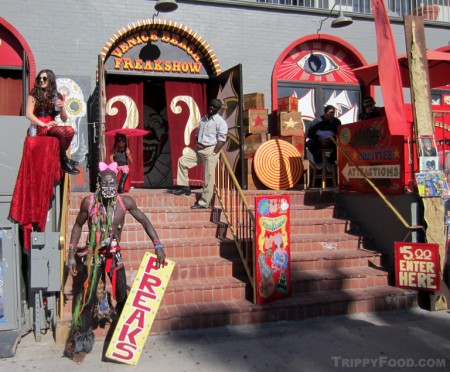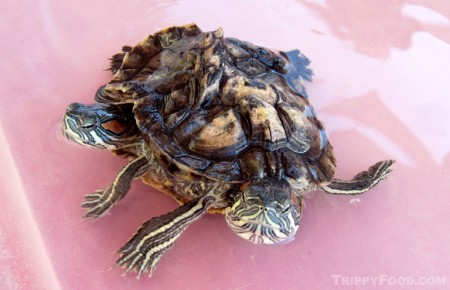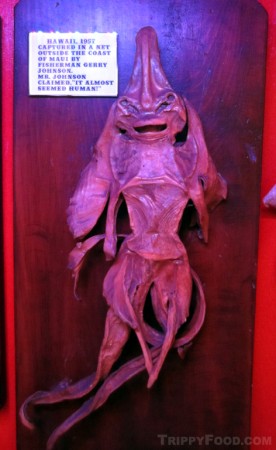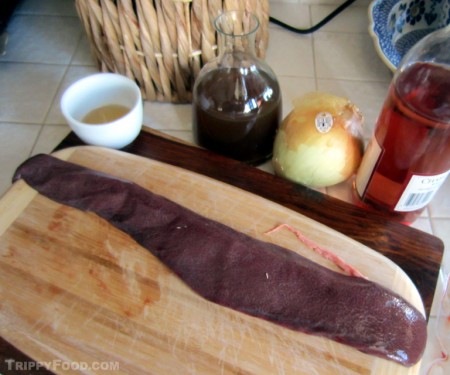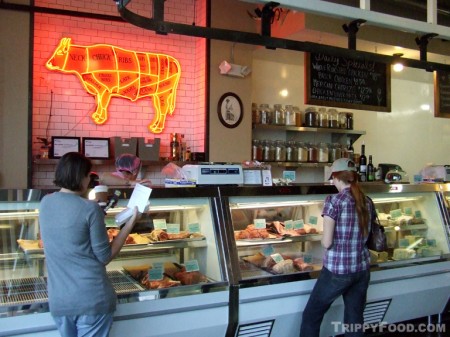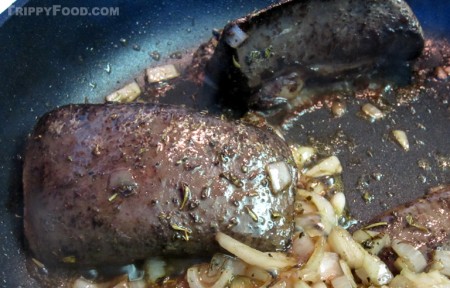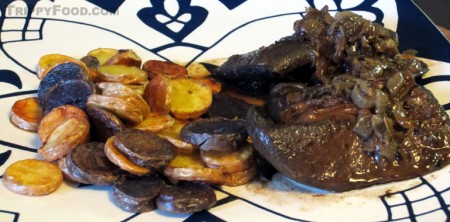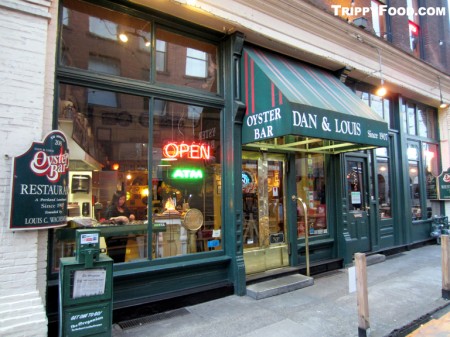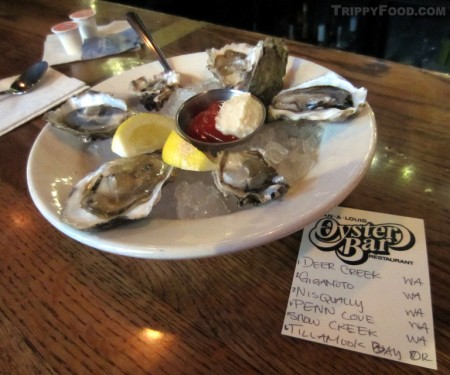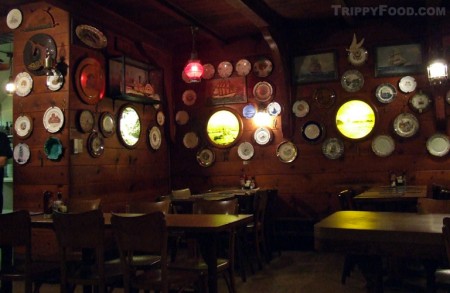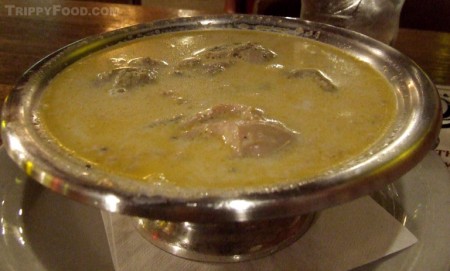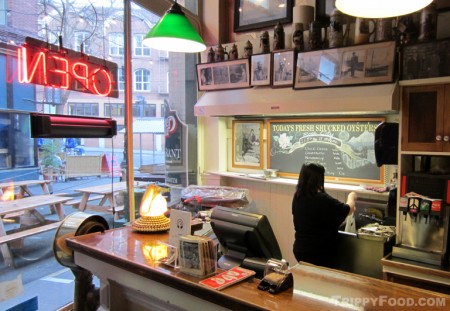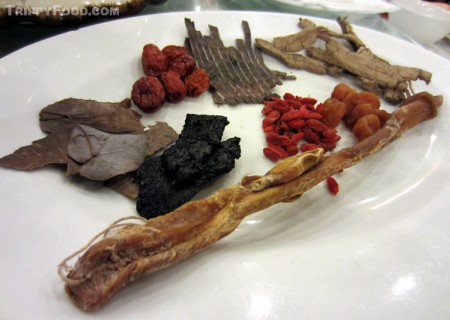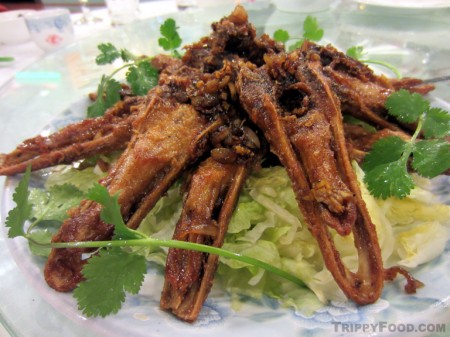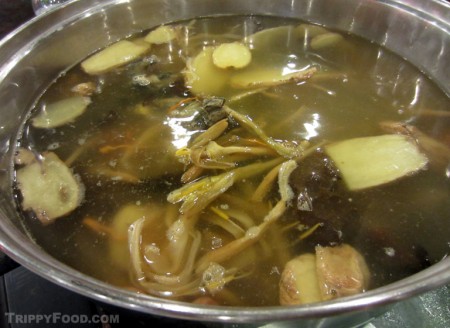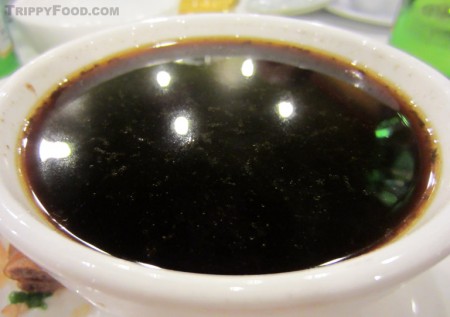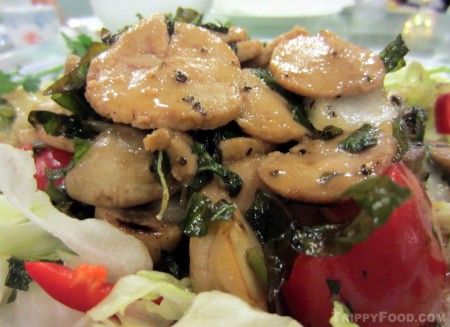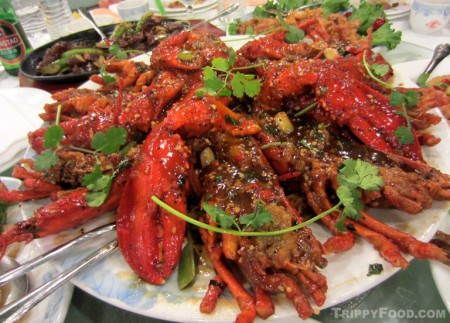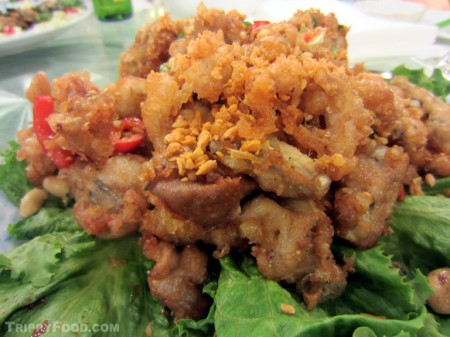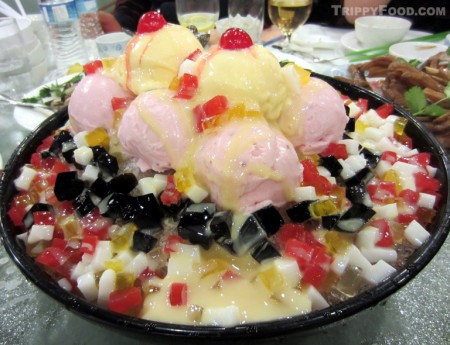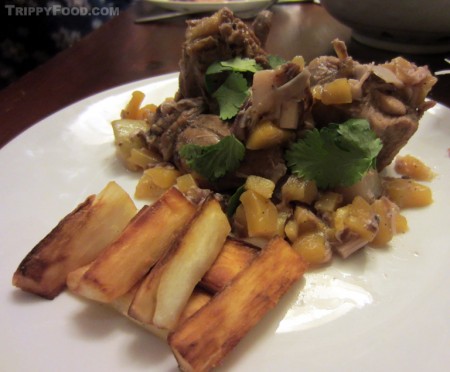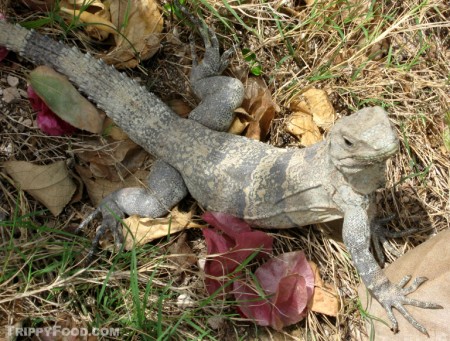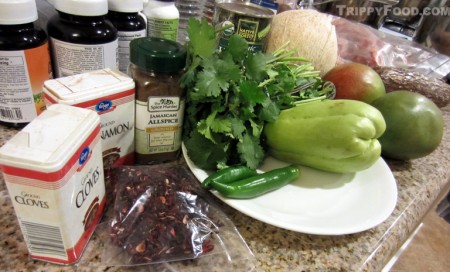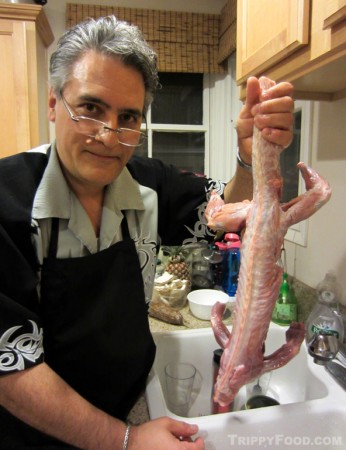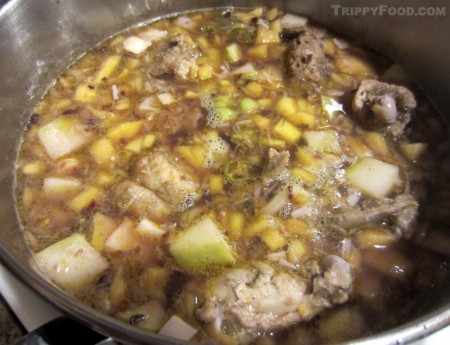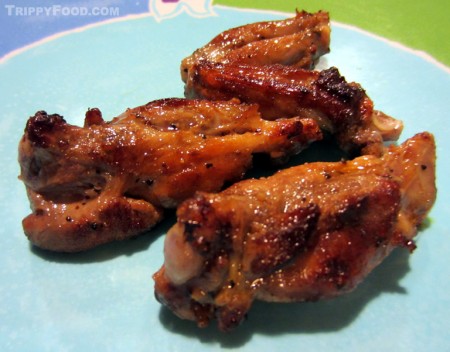Venice Beach Freakshow
Los Angeles (Venice) California
Welcome back, my friends, to the show that never ends; we’re so glad you could attend – come inside, come inside! The response you’re likely to get when announcing to fellow Angelenos that you’re going out to see the Venice Beach Freakshow is, “What part of the beach are you going to?” Los Angeles’ Venice Beach is packed with more craziness per square foot than almost any other place in the U.S., making it the filming location of choice for movies such as L.A. Story and Mixed Nuts, but the short stretch of boardwalk south of Santa Monica Pier is home to an eponymous self-contained sideshow that concentrates the madness into a converted storefront. The Venice Beach Freakshow is the brainchild of entrepreneur Todd Ray who, along with his family has expanded the freak show to include live and preserved animals (and humans) with multiple extremities and a stage featuring sideshow performers.
There is usually a barker outside convincing the public to part with a fin for the purpose of gawking at a collection and performances that are part P. T. Barnum, part Mutter Museum. As a teaser, a plastic tub of water holds a couple of small turtles paddling about to their hearts’ content; upon closer inspection, the couple of turtles each contain a couple of turtles with one sporting two heads and six legs while the other features three heads. There is a painted picture of Rocky the 5-legged dog on the banner out front; in the image, Rocky is portrayed as a fearsome Doberman complete with spiked collar which strikes fear into the hearts of mortal men until Ray’s wife Danielle approaches carrying Rocky, a frisky miniature pinscher. When you consider that you’ve seen this prior to paying admission to Ray’s freak show, the $5 seems like a bargain.
Upon entering the large single room to the right, the first thing you encounter is a brightly painted carnival stage that, depending on what time you arrive, may or may not have a show in progress. If not, stay put for a bit and you’ll be treated to the frequently scheduled show featuring a rotation of the kind of performers you’d expect to see at The Jim Rose Circus. The first act to perform on my visit introduced himself as Digger the Sadu Hobo from Scotland. Wearing nothing but a kilt, Mr. Digger took the stage and proceeded to subject himself to broken glass, folding chairs and audience members standing on top of him while sandwiched between two beds of nails. As with any other live show or street performance you’re likely to encounter on Ocean Front Walk, the performers graciously appreciate tips, and so for varying denominations you can tip Digger in the most appropriate manner – by fastening the bills to him with a handy staple gun. A dollar will get you the privilege of postering his chest, stomach or back; five will allow you to tack Abe Lincoln to his forehead; for ten dollars you can put Alexander Hamilton’s face on his; twenty makes a bulletin board of his tongue. Although the show is appropriate for all ages (who can suppress their gag reflexes), for an additional fee you can meet Digger after the show and fasten your cash in “other places”.
After the human pincushion left the stage, an eyebrowless platinum blond gentleman took the stage, shirtless but in a lab coat (for scientific authenticity, we can only surmise). Introducing himself as Morgue (yes, like the place where they take your corpse), he presented a hammer and nail and asked the audience if they’d like to watch him hurt himself – the applause was enthusiastic. After sterilizing the nail with his tongue, Mr. Morgue proceeded to hammer it up his nose, leaving it protruding from his right nostril a bit for effect. More impressive was his swallowing of a two-foot long sword after which he removed the hilt to demonstrate that it was not collapsible (like his lung in the event of a misjudged voyage down his esophagus). Perhaps his creepiest bit was taking a shiny, stainless-steel meat hook and threading it into his nostril (after removing the nail, of course) until the curved end emerged from his gaping maw. He then proceeded to walk through the crowd for a Kodak moment; the part I had a hard time with was hearing his raspy breathing which may be a side effect of having a metal hook running through your nasal passage.
Morgue brought Asia Ray (daughter of owner Todd, who also boasts the titles “The Rubber Girl”, “Fire Eater”, and “Electra, The Electric Lady”) onstage and ringmastered her electrifying performance. He began by throwing an old-fashioned double-knife throw switch which activated a red rotating alert light indicating the metal-plated chair to which it was attached was now ready to put 220 on the money. He placed a florescent bulb near the seat, which caused blue arcs to leap to the bulb base and light the gas; Asia (now Electra) sat in Old Sparky and matched the behavior of the metal plate with her hand. When Morgue announced that he was going to add gasoline to the equation I quickly mapped out the nearest exit, an unnecessary task since he simply dunked a torch into the jar which was then ignited with a touch of Electra’s finger. Ray stayed on stage, producing a second torch, which she lit and proceeded to dramatically eat the flame from both without the benefit of a side dish. Quickly changing gears to Rubber Girl, she held a broomstick behind her back with her hands out to the side, fingers facing back; she then pulled this over her head (if you think that’s easy, try it – I’ll come visit you at the hospital) and then down her front, up through her legs (while standing) and back to the initial position. I was in pain and she didn’t even flinch. She ended her act by placing her hand flat on the top of a stool and then proceeded to walk 360 degrees around it without moving her hand. Since the performers work for tips (the admission is used for upkeep on the animals, most whom are eating for two), I left a tip but opted not to use the staple gun.
After the show I walked around to peruse the exhibits; another stage show had started, but since I’d already witnessed the human drama of athletic competition sans the Vinko Bogataj “agony of defeat” moment I took my time at the displays. One case labeled “Monsters of the Deep” featured diminutive freaky fish, although the baby sturgeon wasn’t likely to frighten Nemo. Of greater interest was a case holding several dehydrated creatures that had been pulled up into fishing nets sporting ghostly human faces and willowy limbs; these are various varieties of skates and rays with the “wings” trimmed down, the fishes’ gill openings looking like eyes on the surgically formed head. Formerly known as “Jenny Hanivers” these mythical and whimsical manufactured beasts have been around as fodder for sideshows for and dockside purchases since the mid-16th century, predating the Fiji Mermaid.
In terms of live freaks, cages held a range of reptilian captives sporting multiple extremities in including additional turtles; a six-legged frog; a two-headed, six-legged bearded dragon; a diecephalic king snake; and a green iguana whose regenerative skills pulled a double shift when he lost his original tail. Glass cases hold the skeletons or stuffed and mounted remains of other polycephalic or diprosopus animals including a two-faced raccoon; a calf head with two partial heads joined in the middle; and a goat with two complete individual heads and six legs; most of these animals are juveniles since their condition rarely allows them to survive very long (having to share organs and compete for food). One glass case holds a skeleton of a two-headed human baby; I’m somewhat skeptical since a cursory scan of eBay or Craigslist doesn’t turn up many sites hawking dicephalic infant skeletons and judging by the size, the owners would have had to have been toddlers.
Todd Ray passed up a lucrative career in the music industry to devote his time and energies into this labor of love; apparently he scours the globe traveling to far off exotic lands in search of living and deceased natural oddities to stock his ever-expanding freak empire. If you happen to be checking out the exterior Land of Oz that is Ocean Front Walk at Venice Beach, dropping a five-spot at the Venice Beach Freakshow is an entertainment-packed bargain. So let the sideshow begin – hurry, hurry, step right on in; can’t afford to pass it by, guaranteed to make you cry.
Venice Beach Freakshow
909 Ocean Front Walk
Los Angeles (Venice), CA 90291
GPS Coordinates: 33°59’25.25″N 118°28’35.83″W

